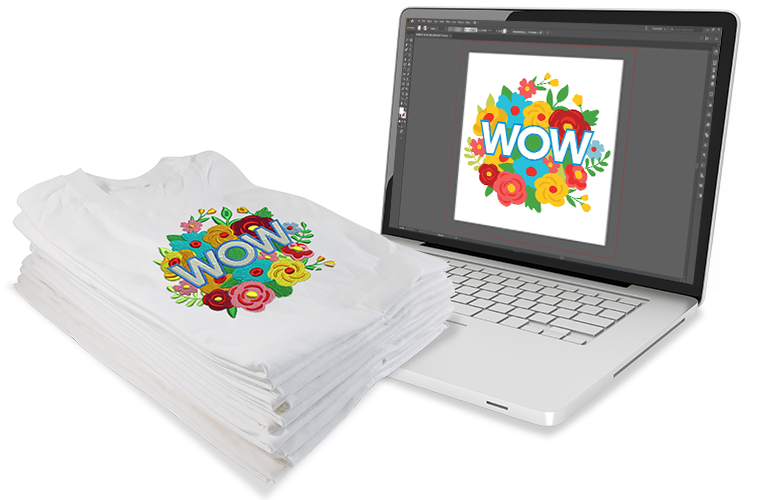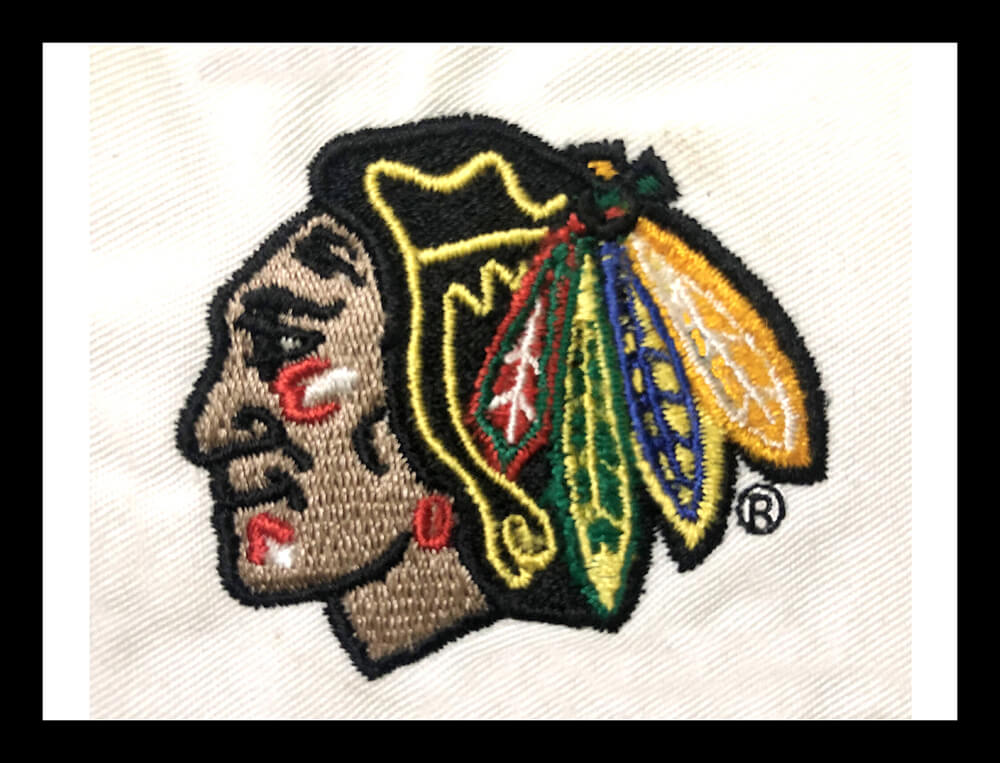Top Notch Digitizing for Embroidery: Specialist Workmanship
Top Notch Digitizing for Embroidery: Specialist Workmanship
Blog Article
Streamlining the Art of Needlework Digitizing: Step-by-Step Overview
Embroidery digitizing is a careful craft that requires accuracy and creativity. As innovation continues to advance, the digitization process has actually come to be much more obtainable, allowing lovers to bring their elaborate layouts to life easily. In this overview, we will certainly unwind the complexities of needlework digitizing, damaging down each step systematically to improve the procedure and encourage both novices and experienced embroiderers alike. Remain tuned to find exactly how you can streamline this complex art type and change your innovative visions right into wonderfully stitched masterpieces.
Understanding Embroidery Digitizing Software Program
Needlework digitizing software program acts as a crucial device for transforming detailed styles right into digital formats suitable with needlework machines, helping with exact sewing and customization. This customized software application allows customers to import numerous image data layouts, such as JPG or PNG, and convert them into needlework machine-readable layouts like DST, EXP, or PES - Digitizing for Embroidery. By utilizing features like stitch modifying, rug options, and thread color selection, digitizing software program enables individuals to regulate every facet of the layout process
Furthermore, progressed needlework digitizing software uses devices for developing complex designs, adjusting stitch density, and integrating complex details. Customers can also sneak peek the style before stitching it out, ensuring accuracy and reducing errors. In addition, several software application programs provide automated functions that aid simplify the digitizing procedure, conserving time and effort.
Understanding the abilities of needlework digitizing software program is vital for attaining top quality lead to embroidery jobs. By understanding this tool, needlework lovers and experts can release their imagination and bring elaborate designs to life with accuracy and efficiency.

Selecting the Right Style Documents
After familiarizing yourself with the capabilities of embroidery digitizing software application, the next crucial action in the procedure is choosing the right style declare your task. Digitizing for Embroidery. When choosing a design declare embroidery digitizing, it's important to take into consideration the intricacy of the layout, the dimension of the end product, and the kind of textile you will be collaborating with
For intricate layouts with great details, a high-resolution picture or vector data is suggested to make sure that the embroidery equipment can properly recreate the layout. Furthermore, the size of the end product plays a significant function in choosing the ideal style data. Larger layouts may need greater resolution data to keep clearness and sharpness.
Moreover, the kind of material you will be embroidering on affects the option of design file. Different fabrics might call for modifications in the style data to ensure that the stitches are correctly aligned and the layout appears as meant. By meticulously picking the right design data based on these aspects, you can set on your own up for an effective embroidery digitizing process.
Digitizing Tools and Methods
Utilizing specialized software application and accuracy techniques, digitizing devices are essential in changing complex designs into embroidery-ready documents. Embroidery digitizing software program, such as Wilcom, Hatch, or Embrilliance, gives the needed platform to transform artwork into stitch data. These programs provide attributes like stitch modifying, underlay alternatives, and text tools to make sure the style translates flawlessly onto fabric.
One of the essential methods in digitizing is developing a clear path for the embroidery machine to adhere to. This involves digitizing each aspect of the style with accuracy, identifying stitch kinds, thickness, and instructions. By utilizing devices like digitizing tablet computers or software-specific plugins, embroiderers can accomplish a high degree of precision in their digitized designs.
Furthermore, understanding the art of padding stitching is crucial for generating high quality embroidery. Underlay stitching stabilizes the fabric and produces a structure for the style, guaranteeing that the end product is both aesthetically appealing and long-lasting. By comprehending these digitizing devices and methods, embroiderers can raise their craft and bring intricate styles to life with accuracy and efficiency.
Tailoring Stitch Kinds and Instructions
Having actually established a foundation in digitizing devices and strategies, a critical aspect in advancing needlework craftsmanship hinges on tailoring stitch kinds and directions with precision and purpose. The option of stitch kinds can dramatically impact the total appearance and appearance of the embroidered layout. Satin stitches, understood for their smooth and glossy surface, job well for creating borders and text. On the other hand, fill stitches are suitable for covering larger locations effectively. By strategically incorporating these stitch types, embroiderers can attain depth and measurement in their layouts.
Additionally, the direction of stitches plays a crucial function in improving the aesthetic charm of the final needlework. Numerous stitch directions can add structure, highlight certain components, and produce visual interest. Transforming the angle of stitches Bonuses can replicate you can try here movement or all-natural patterns like hair or feathers. By trying out various stitch angles and patterns, embroiderers can bring their designs to life with exceptional detail and details. Understanding the art of tailoring stitch kinds and instructions equips embroiderers to release their creative thinking and elevate the quality of their job.
Screening and Refining Your Digitized Design
To make certain the accuracy and high quality of your digitized layout, comprehensive screening and refinement are important action in the embroidery digitizing procedure. When you have finished the digitization of your layout, it is essential to evaluate it before continuing with the real needlework. Testing allows you to identify any type of potential issues such as thread breaks, stitch density troubles, or layout distortions that may influence the outcome.

After testing, it is very important to improve your digitized layout based on the feedback from the examination sew-out. This might involve tweaking sew setups, adjusting thickness, or making modifications to the total layout to achieve the preferred result. By iterating with screening and improvement, you can adjust your digitized layout to perfection before relocating forward with the real needlework Recommended Site process.
Verdict
In final thought, grasping the art of embroidery digitizing needs a complete understanding of the software program, selecting the ideal layout documents, utilizing digitizing tools and techniques, tailoring stitch types and instructions, and screening and fine-tuning the digitized design. By complying with these actions, embroiderers can streamline the digitizing procedure and develop high-grade stitched styles with precision and effectiveness.
Report this page